News Beat
News Beat reporting is an idrw.org initiative to let our Readers to report News Based on Actual facts but some how has not been reported in Main Stream Media .
SOURCE: RAUNAK KUNDE / NEWS BEAT / IDRW.ORG

As part of its ongoing efforts to enhance its airlift capabilities, the IAF is now considering a significant shift in its plans to procure Medium Transport Aircraft (MTA) to replace its ageing fleet of Soviet-era An-32 transport aircraft. This contemplation stems from the evolving demands in airlift capabilities, prompting the IAF to engage in a comprehensive six-month study alongside stakeholders like the Indian Army.
Originally, the IAF had placed an order for the Airbus C295M Light Transport Aircraft as a replacement for the outdated Hawker Siddeley HS 748. The Hawker Siddeley HS 748 was chosen to take on the role of a medium-sized turboprop airliner, catering to the IAF’s transportation needs in the 60’s.
Continue readingSOURCE: RAUNAK KUNDE / NEWS BEAT / IDRW.ORG
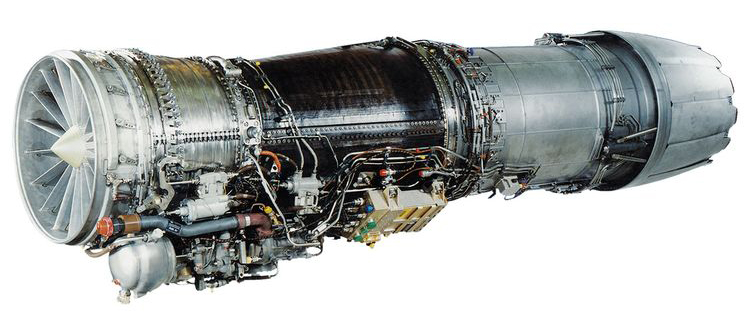

The groundbreaking GE-HAL jet engine deal, marking the first-ever technology transfer of its kind between India and the U.S., is poised to receive U.S. Congressional approval in the coming days, according to U.S. Ambassador Eric Garcetti.
The recent expiration of the legal notification period on August 27 allowed U.S. Congress members the opportunity to raise objections to the transfer of technology for the GE F-414 engine to India. It is noteworthy that both Republicans and Democrats have rallied their support for the deal, underscoring its significance. With these political endorsements, the path is being cleared for the rectification and clearance of this landmark agreement.
Continue readingSOURCE: RAUNAK KUNDE / NEWS BEAT / IDRW.ORG


As tensions continue to rise in regions operating T-72 and T-90 Main Battle Tanks (MBTs) due to geopolitical developments, Indian private sector companies are stepping up to offer their expertise in refurbishing and servicing these critical military platforms. With concerns mounting over the availability of spares and support, especially in light of the ongoing Ukraine-Russia conflict, companies like Director Airbornics Defence & Space (ADSL) are positioning themselves to address this pressing need.
One of the primary challenges these countries face is the limited availability of spares and maintenance support for their T-72 and T-90 MBTs, both of which are widely used across different armed forces. In this scenario, Indian companies are recognizing the opportunity to provide solutions that can ensure the operational readiness of these Armoured vehicles.
Continue readingSOURCE: RAUNAK KUNDE / NEWS BEAT / IDRW.ORG
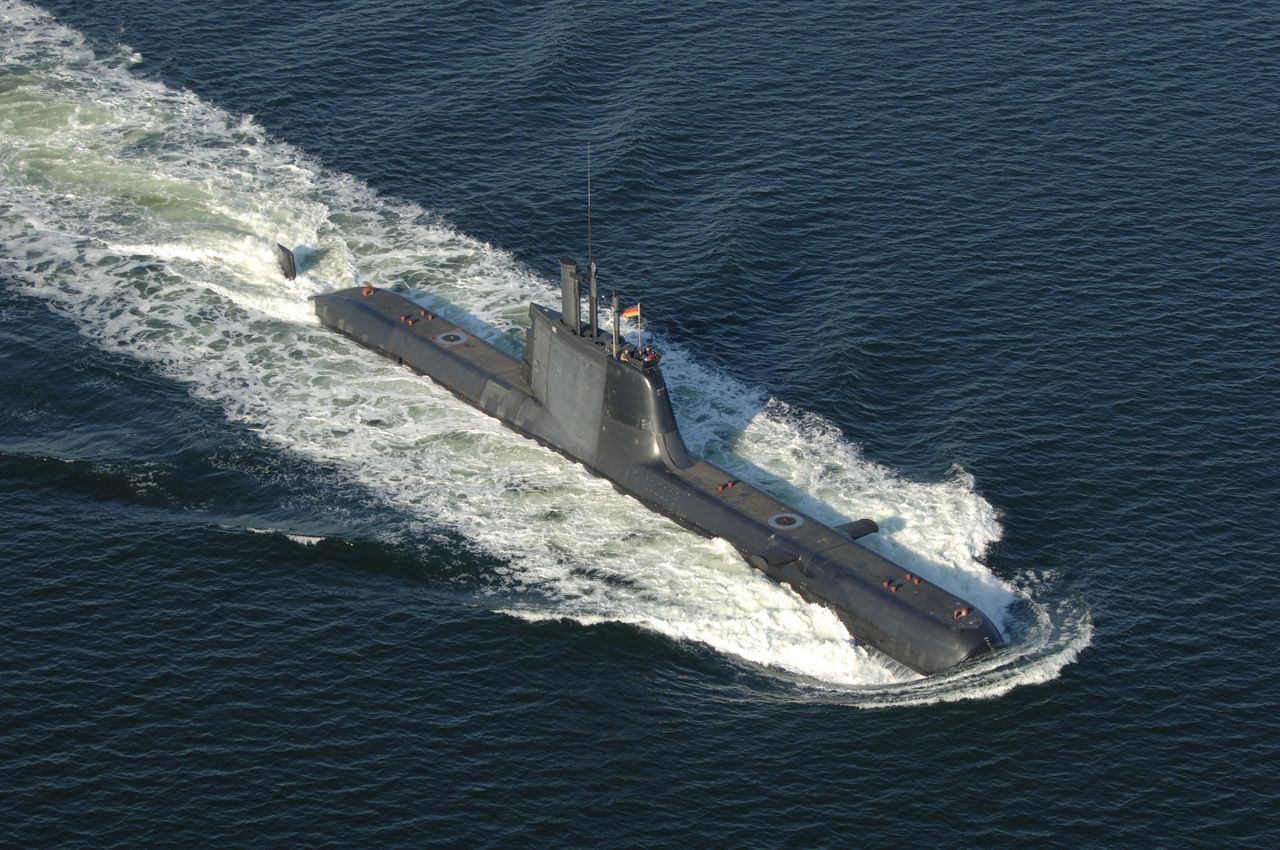

ThyssenKrupp Marine Systems (TKMS), a renowned global player in naval shipbuilding, has made a significant stride in India’s naval defense landscape by bidding on the Indian Navy’s Project-75-I tender. This ambitious project entails the supply of six next-generation submarines that will not only retain the design essence of their predecessors but will also be custom-crafted to align with the distinctive requirements of the Indian Navy.
The new submarines are poised to build upon the foundation laid by the Type 214 submarines, showcasing advanced capabilities that underscore high levels of automation, a substantial payload capacity, remarkable underwater endurance, and ergonomics optimized to cater to the Asian physique. If TKMS emerges victorious in securing the orders from the Indian Navy, this achievement would come with a distinctive classification, signifying the tailored advancements these submarines would bring to India’s maritime defense capabilities.
Continue readingSOURCE: RAUNAK KUNDE / NEWS BEAT / IDRW.ORG
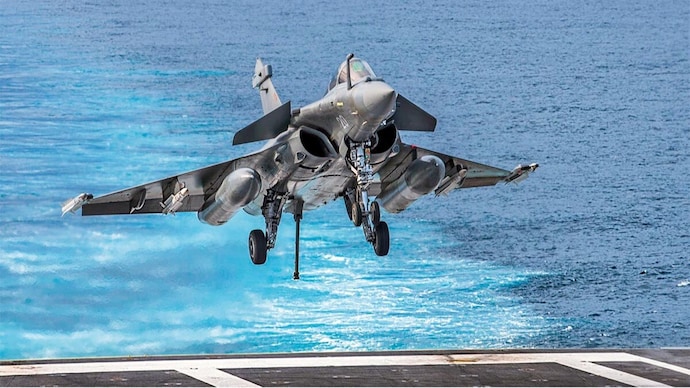

India is embarking on a crucial step in its defense strategy by initiating the process to acquire 26 Rafale Marine fighter aircraft, also known as Rafale M, for its second aircraft carrier, INS Vikrant. This significant move aims to bolster the Indian Navy’s capabilities and fortify the country’s maritime defense framework.
The procurement process involves sending a Letter of Request (LOR) to the French government, formally expressing India’s interest in acquiring the Rafale M aircraft. Given that this transaction will be conducted through government-to-government channels, the issuance of the LOR is expected to take place within six to eight weeks following necessary clearances.
Continue readingSOURCE: RAUNAK KUNDE / NEWS BEAT / IDRW.ORG


The Indian Air Force’s (IAF) contemplation of placing an additional order for 100 Tejas Mk1A fighter jets is set to provide a significant boost to the indigenous fighter aircraft production line. This move not only strengthens the IAF’s operational capabilities but also supports the ‘Make in India’ initiative, fostering self-sufficiency in defence manufacturing and enhancing India’s position as a global player in the aviation sector.
In 2021, the IAF placed an order for 83 LCA-Tejas fighter jets, with 73 being upgraded single-seater Tejas Mk1A aircraft and an additional 10 twin-seater FOC (Final Operational Clearance) standard Tejas Mk1 jets.
Continue readingSOURCE: RAUNAK KUNDE / NEWS BEAT / IDRW.ORG

The Indian Air Force (IAF) is embarking on a dual-track approach to bolster its fighter jet fleet, with the procurement of 100 Tejas Mk1A aircraft and the upcoming Multi-Role Fighter Aircraft (MRFA) tender. The recent decision to procure an additional 100 Tejas Mk1A fighter jets, following the initial order of 83 in 2021, marks a significant stride towards self-reliance in defence manufacturing. The induction of these aircraft is set to commence in 2024, with a steady ramp-up in production over subsequent years.
However, this move towards strengthening the Tejas fleet should not be misconstrued as a substitute for the ambitious MRFA program. Under the Make in India initiative, the IAF’s plans to procure 114 fighter jets of foreign origin with complete Transfer of Technology (ToT) remain firmly intact.
Continue readingSOURCE: RAUNAK KUNDE / NEWS BEAT / IDRW.ORG


Undeterred by the recent crash of the TAPAS UAV during an experimental flight trial in nearby farmland from ATR Challakere, Karnataka, plans for user trials of the TAPAS UAV remain steadfast. The trials, originally slated to commence later this year, will proceed as scheduled, according to information obtained by idrw.org.
The recent crash marks the second instance of TAPAS experiencing an accident in the past four years, but preliminary reports suggest that the crash might not be linked to any technical defects, reinforcing the dedication to advancing the program.
Continue readingSOURCE: RAUNAK KUNDE / NEWS BEAT / IDRW.ORG


In a strategic move aimed at bolstering its aerial prowess and modernizing its fleet, the Indian Air Force (IAF) has taken a decisive step by placing orders for an additional 100 Tejas Mk1A fighter jets. The acquisition of 100 more Tejas Mk1A fighter jets will translate to an augmentation of five squadrons, making significant strides in replacing the retiring Mig-21 and Mig-29 squadrons.
The phased retirement of the Mig-21 and Mig-29 squadrons is a necessary step in the IAF’s evolution. The Mig-29, a stalwart in the IAF’s fleet for nearly four decades, is nearing the end of its airworthy lifespan. With around five to six years of operational viability left, the IAF’s plans to procure 21 unused Mig-29 aircraft from Russia faced a hurdle due to economic and trade sanctions imposed by Western and European countries.
Continue readingSOURCE: RAUNAK KUNDE / NEWS BEAT / IDRW.ORG


The Indian Air Force (IAF) is taking decisive steps to halt the gradual decline in its fighter jet squadron numbers. In a strategic move to bolster its aerial prowess, the IAF is in the process of introducing an additional 90-100 Tejas Mk1A fighter jets, building on the initial order of 73 placed in 2021.
Earlier this year, a significant milestone was achieved as Defence Secretary Giridhar Aramane inaugurated the third production line of the Light Combat Aircraft (LCA) at the Hindustan Aeronautics Ltd. (HAL) facility in Nashik, Maharashtra. This new production line is poised to play a pivotal role in the induction of the Tejas Mk1A fighter jets into the IAF’s fleet.
Continue readingSOURCE: RAUNAK KUNDE / NEWS BEAT / IDRW.ORG

Argentina, a country without an active fighter jet fleet, is poised to make a crucial decision that could reshape its defence capabilities and strategic partnerships. As the nation deliberates over the purchase of 15 fighter jets by the end of this year, fierce competition is underway between two contenders: India’s LCA-Tejas and China’s JF-17 fighter jets. This choice carries significant implications for Argentina’s defence posture and global alliances.
The backdrop of this decision is complex, with multiple geopolitical factors at play. The United States Congress is considering transferring ex-Danish F-16A/B fighter jets to Ukraine, which is embroiled in a conflict with Russia. The possibility of these jets being offered to Argentina adds another layer of intrigue to the situation.
Continue readingSOURCE: RAUNAK KUNDE / NEWS BEAT / IDRW.ORG

The Defense Research and Development Organization (DRDO) recently issued a Request for Expression of Interest (REOI), DRDO has initiated the process of identifying and shortlisting potential Defense Collaborative Production Partners (DCPPs) for the development and production of Missile/Bomb weapon system projects under the Missile System and Subsystem (MSS) cluster.
The objective of this initiative is to forge strong partnerships with capable Indian companies to collaboratively bring to fruition the ambitious missile and bomb weapon system projects envisioned by DRDO.
Continue readingSOURCE: RAUNAK KUNDE / NEWS BEAT / IDRW.ORG
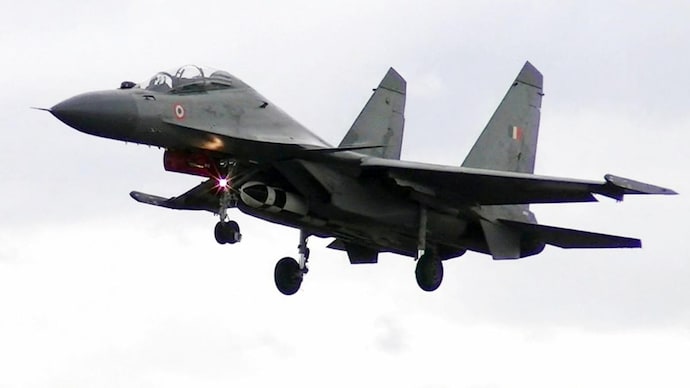

Indian Ministry of Defense’s (MoD) Collegiate Committee has granted Approval in principle (AIP) for the indigenous development of the Air-Launched Range Land Attack Cruise Missile (LRLACM) for the Indian Air Force to be used from Fighter jets.
The LRLACM is a homegrown, subsonic missile that is being developed to cater to the requirements of the Indian Army, Indian Air Force, and Indian Navy. Spearheading this ambitious project is the Aeronautical Development Establishment (ADE), a Bengaluru-based DRDO lab known for its contributions to advanced aerospace technologies.
Continue readingSOURCE: RAUNAK KUNDE / NEWS BEAT / IDRW.ORG
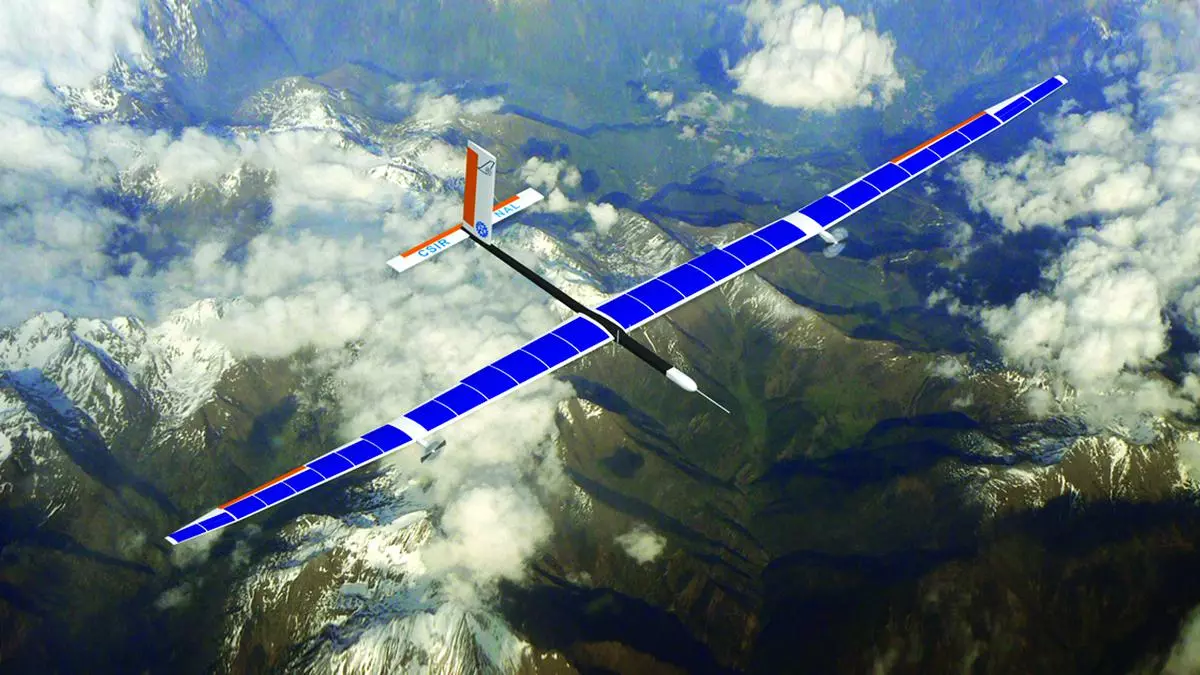

The Indian Ministry of Defence (MoD) has marked a significant step towards bolstering its military capabilities with the Approval In-Principle (AIP) granted for the indigenous development of high-altitude platforms (HAPs). These cutting-edge platforms, designed for border surveillance, have the potential to revolutionize military reconnaissance and surveillance efforts, enhancing national security.
HAPs often likened to drones but with a distinct advantage, are engineered to operate at altitudes ranging from 18 to 20 kilometers above the Earth’s surface. This altitude advantage sets them apart from conventional drones, enabling them to survey vast areas and provide critical data for strategic decision-making. While satellites orbit at much greater altitudes using gravitational forces, HAPs are deployed at a lower altitude, granting them greater manoeuvrability and responsiveness.
Continue readingSOURCE: RAUNAK KUNDE / NEWS BEAT / IDRW.ORG

India’s naval prowess continues to evolve as it inches closer to testing the second generation of its Arihant-class submarines. The S4, an eagerly anticipated addition to this class, is set to showcase enhanced capabilities with a 1000-tonne increase in displacement compared to its predecessor.
The S4, the third submarine in this class, achieved a significant milestone when it was quietly launched at Visakhapatnam in late November of the previous year. Satellite imagery has confirmed that the submarine is now out of the dry dock and positioned in the wet dock, marking a pivotal step toward its operational readiness.
Continue reading